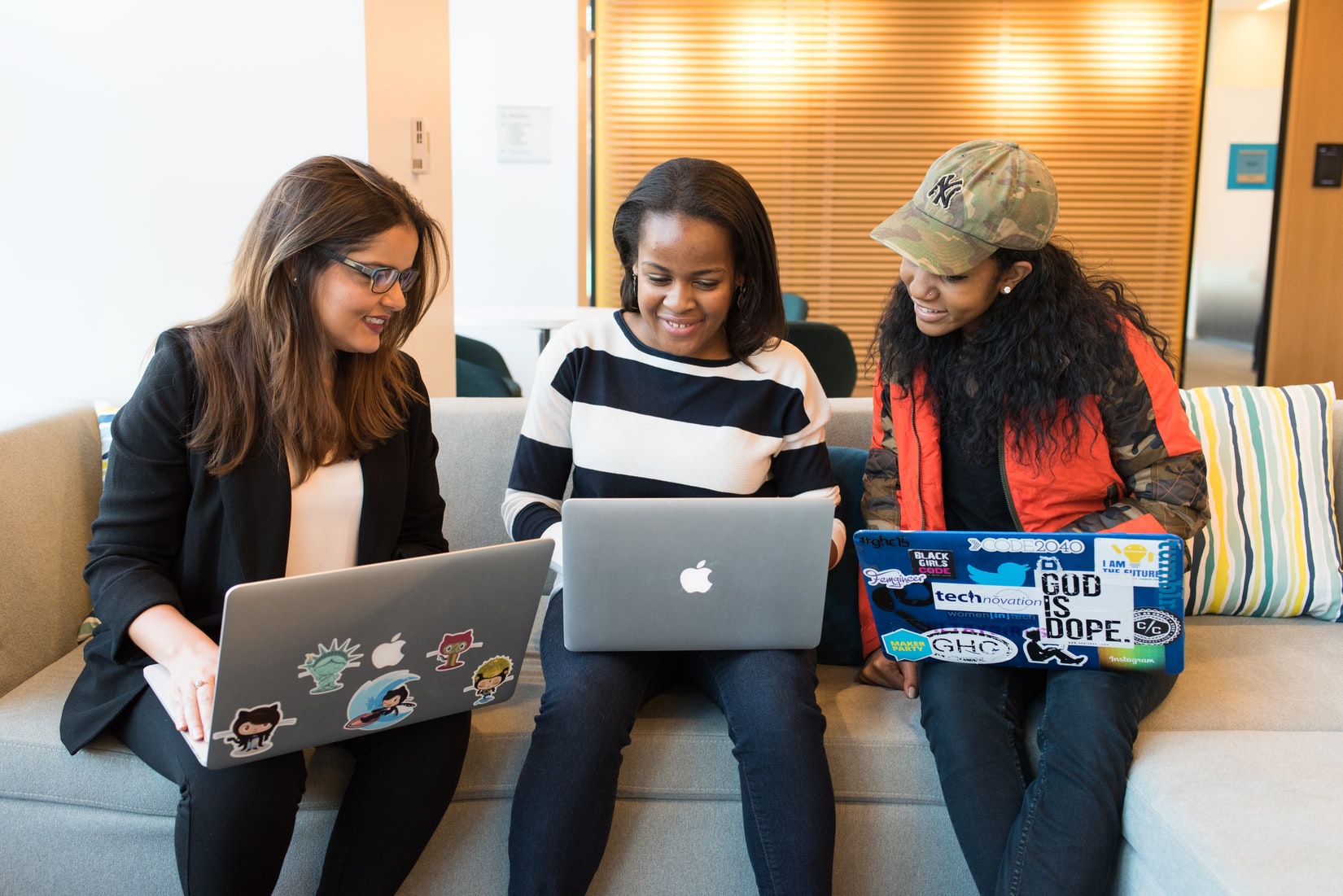As organizations start bringing employees back into the physical workplace, they will need to understand that everyone’s comfort level will be a little different. Some employees won’t want to discuss why they feel a certain way about COVID. So, how can businesses smooth the transition of reopening their business in the coming weeks or months? I think the answer has to be patience, readiness and empathy. Business owners need to be good citizens who respect rules and suggestions for the betterment of the community. They also have to be very agile and open with their thinking, acknowledging that life at the moment (with Coronavirus) can’t be risk-free, but they can minimize harm – mentally, physically & economically by implementing the right things. There is no denying that this requires thorough and diligent thinking on multiple facets of your business when reopening. For example, remote working, flex work and working from home may no longer be a perk, but rather something that is essential to attracting and retaining top talent. We’re humans, we always find a way, we always evolve and we will always survive – so as a business leader, manager or owner you need to be optimistic and embrace change and digital transformation. People are not motivated or energized by pessimists.
The truth is, things won’t go back to normal, there will be a new normal, and that new normal is a work in progress that is evolving every day as we battle to contain this brutal virus or set plans for an anticipated second wave. However, the new normal won’t be as drastic as people think. One of my mentors said it the best – “every time I’ve thought there’s going to be massive change as a result of some hardship we’re going through it always falls short of the change that people have predicted.” So, my advice is, audit your business environment (social, economic, technology trends) and adapt! For example, the hardest hit spaces like restaurants and retail should be thinking about a model that is “pandemic resilient“. They should be digging deep on floor layouts, the elimination of buffets and scheduling one-on-one retail experiences. Many businesses also have to acknowledge the uptick in services such as personal shopping (clothing/home decor), grocery/fresh produce delivery and meal kit services. If you looked at these players as a threat, I implore you to now look at them as partners. Now is the time to start planning and prepping for how your business will survive and thrive if another pandemic were to occur.
The hardest hit spaces like restaurants and retail should be thinking about a model that is “pandemic resilient“.
So, back to work and back to our workplaces, whether your business reopens in the coming weeks or months, you need to understand it starts with your people and their safety. In order to have a smooth transition and sound reopen plans, you need to start asking deep questions like:
- When is the right time for employees to return?
- Who should return to the workplace? Who is comfortable working remotely?
- How can you protect employees who come to work?
The truth is, if you don’t have people, you don’t have a business. So, as businesses start bringing employees back into the physical workplace, they’ll need to understand that everyone’s comfort level will be a little different, so you need to plan for that slowly, diligently and positively.


